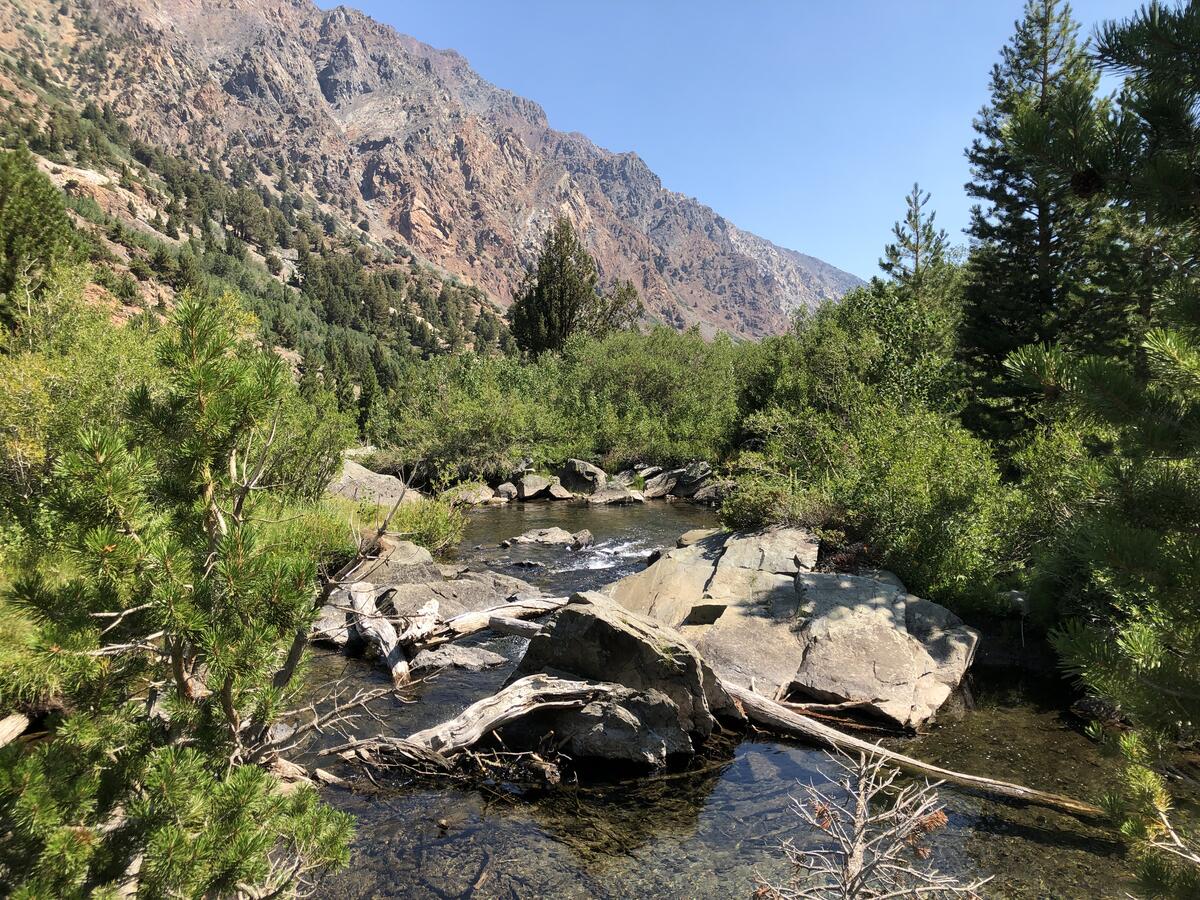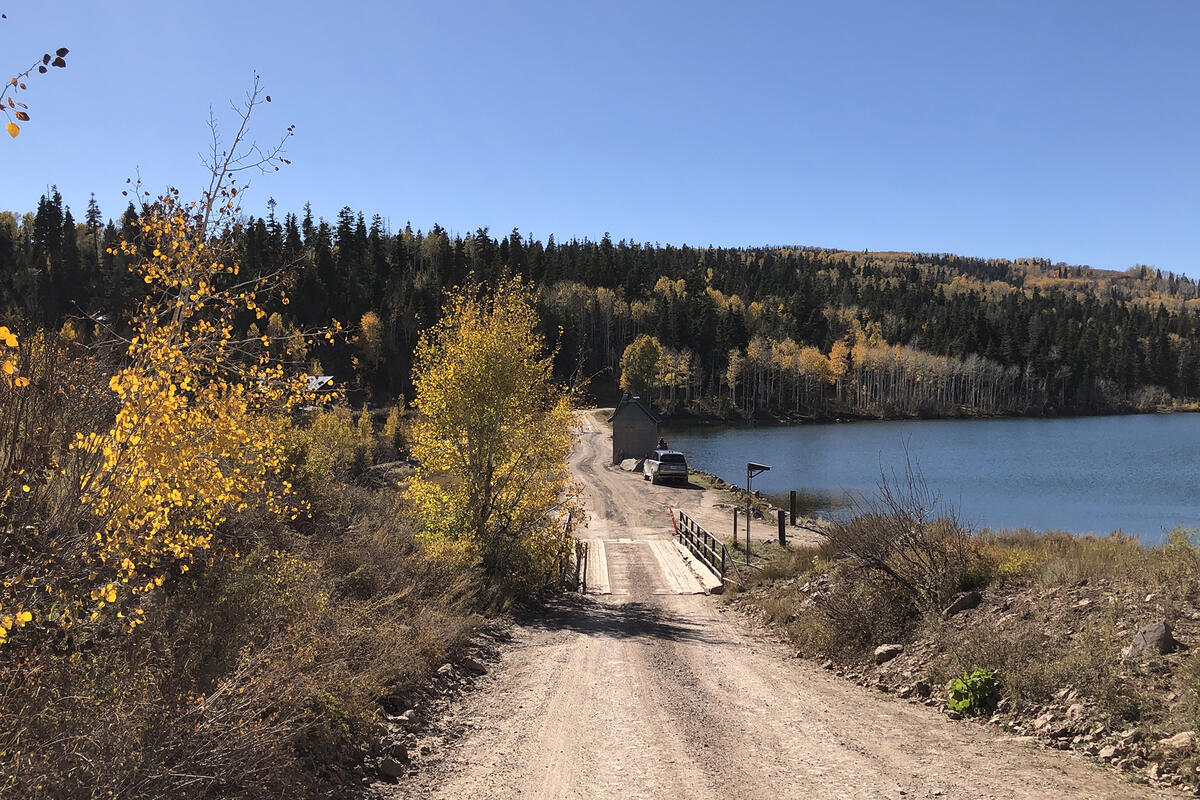Field Safety at UNLV
Not all research and instructional activities at UNLV take place within campus labs and buildings. Some activities occur at field locations far away from campus. Therefore, field safety is an important consideration. Field research and instructional activities often occur in challenging locations with variable and unpredictable environmental conditions. This is a profound contrast from the campus environment, where labs and offices are routinely inspected by Risk Management & Safety, and maintained by Facilities Management, so that conditions are generally more predictable and controlled.
When conducting or planning field activities, the first and highest priority must always be to protect people. This is aided by extensive planning and preparation for all foreseeable hazardous conditions, based on the field environments you will be going to. If field research or instructional activities cannot be performed without unreasonable risk to persons, they should not be conducted. Risk Management & Safety (RMS) is available to provide guidance and consultation on how to conduct activities in a way that enables critical research and instructional activities to occur while minimizing risk to people.
A secondary, but still important, priority for field safety is to protect the integrity of research, instructional, and exploration capabilities. Disorganized and poorly-planned field work can affect data quality, damage sensitive habitats, and possibly even result in loss of access to areas for future research and instructional activities. Good field safety practices protect opportunities as well as people.
Resources
RMS and the UNLV Field Safety Committee have made a variety of resources available, in order to ensure the safety and quality of field work. Contact Risk Management & Safety if you have any questions or concerns about field safety.
- UNLV Field Safety Orientation Training Module
- Field Safety Hazard Assessment & Mitigation Plan(HAMP) - This document serves as a standard operating procedure, and as a reminder of the many possible hazardous conditions you might need to consider for your field work project.
Field Safety Fact Sheets
- Altitude Sickness
- Avalanche Safety
- ATV Safety
- Backcountry Winter Safety
- Boating Safety
- Hantavirus Fact Sheet from National Park Service
- Insect/Arthropod Safety
- Lightning Safety
- Poisonous Plant Safety
- Rattlesnake Safety
- Rural Roads Driving Safety
- Snowmobile Safety
- Wildlife Safety
Additional Resources
- Field Safety Bag contents - UNLV Risk Management & Safety has two of these bags available for loan.

